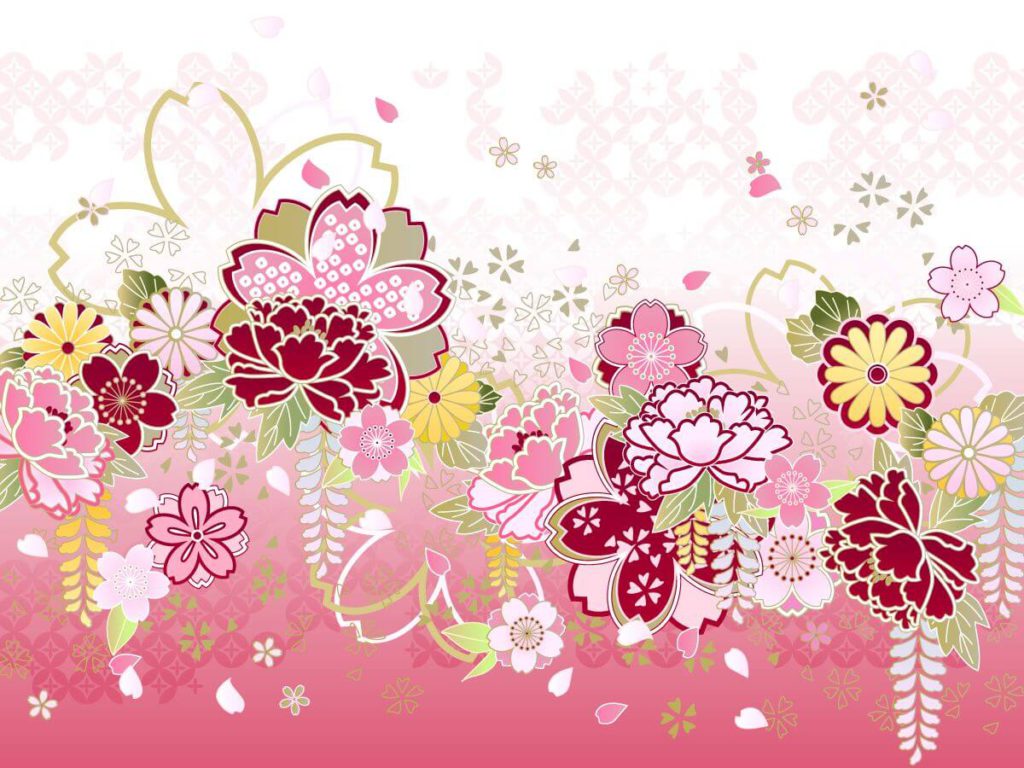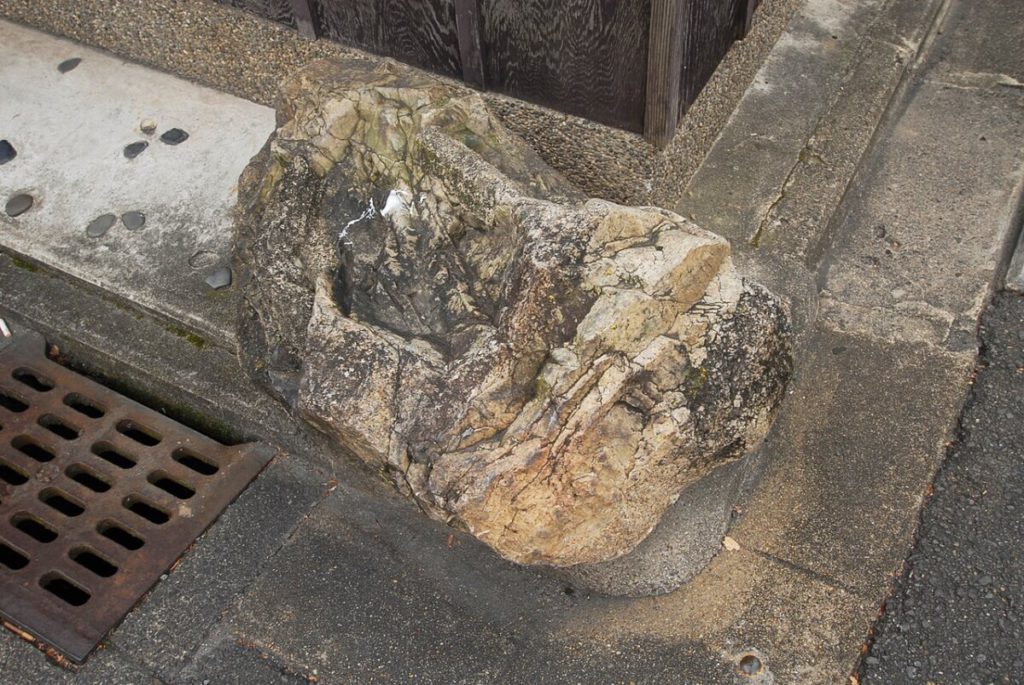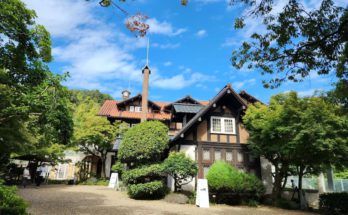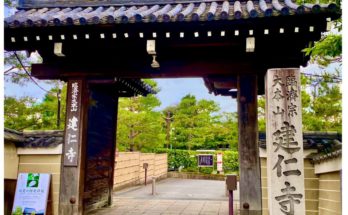What is “hannari”?

Have you heard the word, hannari (はんなり)? Hannari describes people’s impression of the Kyoto dialect. It is used to describe a person who is graceful, natural, and self-paced. It also depicts a calm and gorgeous appearance, and elegant, bright and cheerful behavior. It’s like an onomatopoeic description of the ambience of Kyoto. Hannari literally means “flower”(hana-nari or hana-ari).
How to use hannari
1. To describe colors

Hannari was originally used to describe the color of kimonos. So it means pale, pastel and also bright colors.
2. To describe the appearance of people

You can use it to describe a beautiful woman with a graceful Kyoto-taste dignity like a Maiko girl, or a calm and attentive person.
3. To describe things

You can use it to depict a graceful Japanese painting or an elegantly patterned handkerchief.
4. To describe a taste

Hannari is also used for taste. It is not thick, and it has a subtle but firm and elegant taste.
How to pronounce hannari and other Kyoto dialect?
The Kyoto dialect itself sounds like hannari. I’ll try to show you a part of it.
- Welcome. : Oide-yasu, Okoshi-yasu
- Thank you. : Ohkini
- Excuse me. I’ve got to go : Hona gomen-yasu
- Let’s have a try. : Shitohmi
- I’m sorry. : Kan-nin-e
- No way. No kidding. : Iya, kananwa
On the flip side of hannarism
It looks like hannarism is good manners, but it also has a bad aspect.
Kyoto people can’t say anything straightforward because of their way of hannarism, which is a humble and an elegant way. Thus non-native Kyoto people tend to think native Kyoto people are really mean and say everything in a roundabout way.
There are two famous examples.
1. Ikezu-ishi (いけず石)

Ikezu-ishi are huge stones which are set at the corners of a house’s lot. The purpose is to prevent a house from being damaged by passing cars (in old times, oxcarts or rickshaws), or to prevent a lot from being trespassed for shortcuts. They are common in Kyoto because the streets are quite narrow. But for people from other areas, it looks annoying and mean-spirited. Because of this background, it’s called ikezu-ish, or a mean stone. Kyoto people can’t say, “Keep off of our property!”, and so imply their annoyance by setting the stone on the corner.
2.Kyoto’s rice with tea poured on it (京のぶぶ漬け)

If Kyoto people say, “How about a bowl of rice with tea poured on it or something?”, you have to be cautious. They are really saying, “You have stayed here too long over the lunch/dinner time, but I can’t afford to prepare my meal let alone yours” in a roundabout way. They never intend to be mean, but just want you to read between the lines.
Hannarism is graceful but sometimes too vague. I hope you can feel the ambience of Kyoto through the word “hannari”.
A physical therapist in charge of rehabilitation at a hospital. I was born and raised in Ichijoji, Kyoto. My dream is to practice rehabilitation with foreign patients in fluent English so as to make them feel comfortable and at ease.





 HTJ has a YouTube page! Check it out
HTJ has a YouTube page! Check it out
Now I love Kyoto and Japanese culture even more. What a great article about a beautiful word. Thanks Yumi. We’ll done.
Thank you, Andy. I’m very happy to hear that! It’d be great if you come here again! I’d like to hear Kyoko-san’s opinion about hannari. 🙂
Thank you for a great explanation! And you did fantastic sharing pictures and video.
Thank you, Jack! It’s really hard to describe how hannari is. It’s rather easier to put proper pictures and the hannari sound of Kyoto dialect.
How interesting! I’ve lived in Japan for many years but I never knew this. Thank you for sharing.
Thank you for reading my article, Lieke. I’m glad if you like it. 🙂